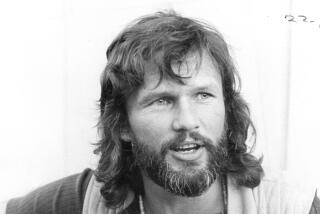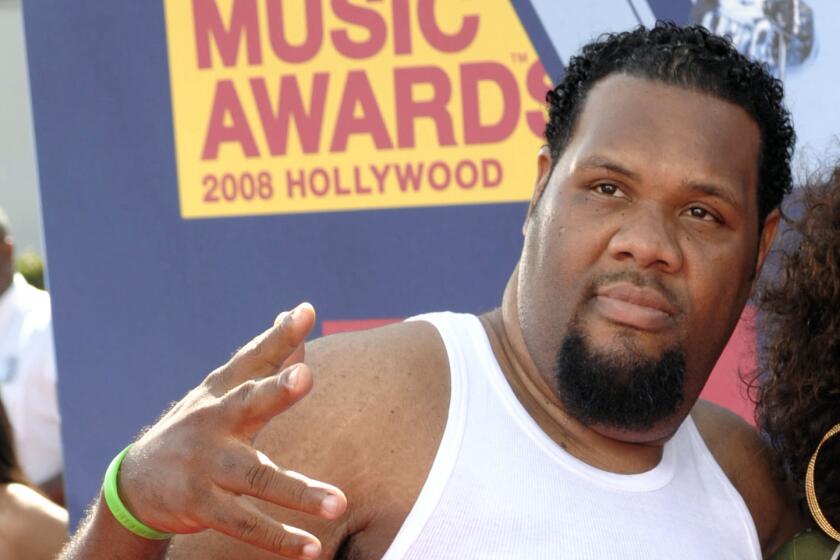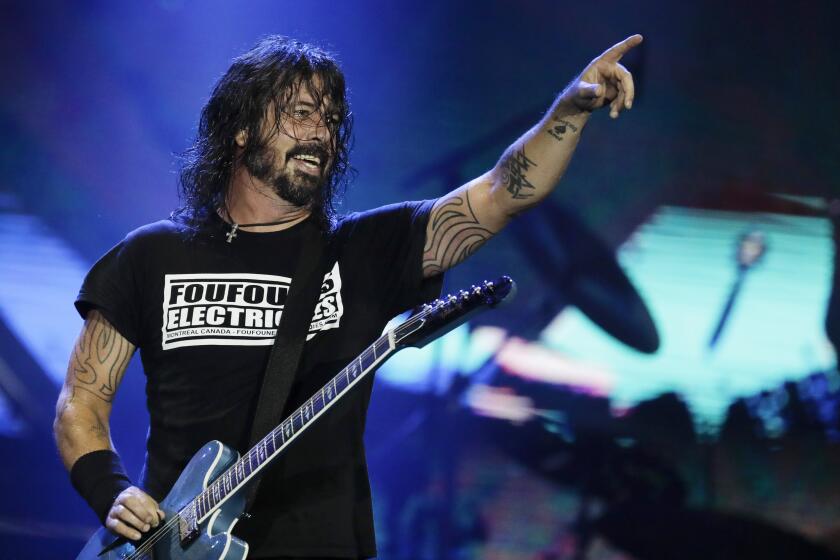Yosvany Terry and Columna B Chart Some New Currents
The confluence between jazz and Cuban music dates back more than a half-century in direct terms, and probably much more than that indirectly. During that period, the direction of musical flow has generally been the same: American jazz improvisation moving into Cuba; Cuban and Afro-Cuban rhythms coming out.
The performance of saxophonist Yosvany Terry and the group Columna B at the Jazz Bakery on Sunday night suggested an intriguing change in the flow, one in which Cuban musicians are discovering their own improvisational styles--related to, but no longer dependent upon, American models. It’s a change that has already been forecast in the work of Cuban artists such as Jesus “Chucho” Valdes, Gonzalo Rubalcaba and (from a Puerto Rican perspective) David Sanchez. But the music of Terry and Columna B has a more confidently youthful manner, one that finds all the common linkages between jazz and Afro-Cuban rhythms without favoring one or the other.
That’s not a particularly easy accomplishment. Jazz rhythms, with their emphasis on a grounded pulse and forward-surging sense of swing, are vastly different from the multilayering of Cuban rhythms, in which seemingly disconnected elements are held together by a repeated, but often elusive, clave rhythm. Most Afro-Cuban jazz has tended to keep the two approaches separate, occasionally overlaying one with the other, but rarely combining into a completely homogeneous musical blend.
For much of their set, Columna B--the rhythm firmly driven by pianist Roberto Carcasses, bassist Yunior Terry (the saxophonist’s brother), percussionist Jesus Diaz and drummer Jimmy Brantley--simply brought everything together in completely seamless fashion. On several numbers, they were joined by the pianist’s father, Bobby Carcasses, a veteran of the Cuban jazz scene whose highly individualistic scat singing triggered enthusiastic cheers from a moderate-sized audience.
*
Although several of the Columna B players now live in the U.S., their roots were apparent in their rhythmic work, and the high quality of the improvising clearly indicated that a young generation of Cuban musicians is now emerging.
Terry’s alto saxophone playing roved comfortably from sweet-sounding lyricism to wild-eyed avant-garde, and the younger Carcasses’ soloing--especially in a climactic “Noticiero” (from an as yet unreleased Columna B album)--was the work of a pianist with breakout potential. Indeed, he has his own solo album out on Velas Records.
Fully capable of competing with American players on an improvisational basis, the players in Columna B--like a growing number of other young Cuban artists--also possess the added advantage of a rhythmic sophistication with a transformative potential for 21st century jazz.
More to Read
The biggest entertainment stories
Get our big stories about Hollywood, film, television, music, arts, culture and more right in your inbox as soon as they publish.
You may occasionally receive promotional content from the Los Angeles Times.










